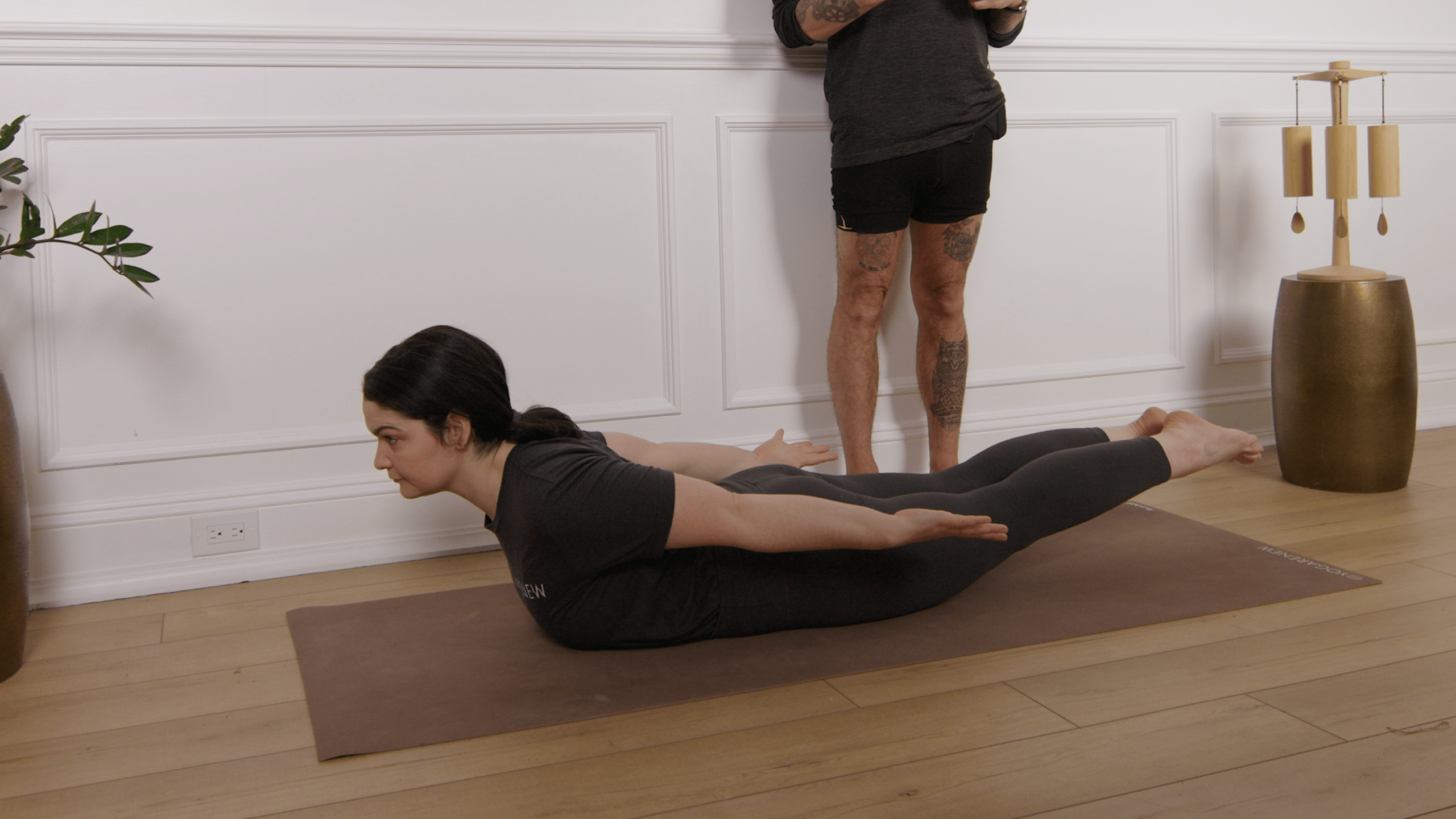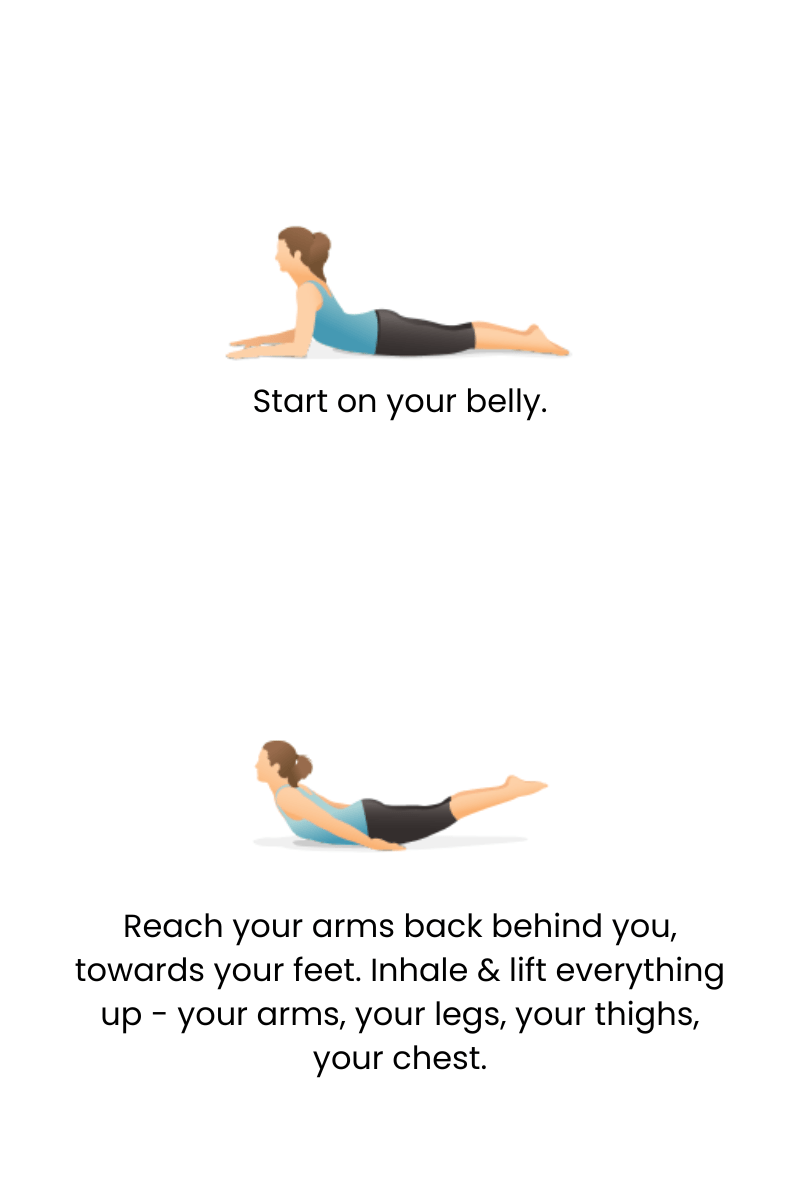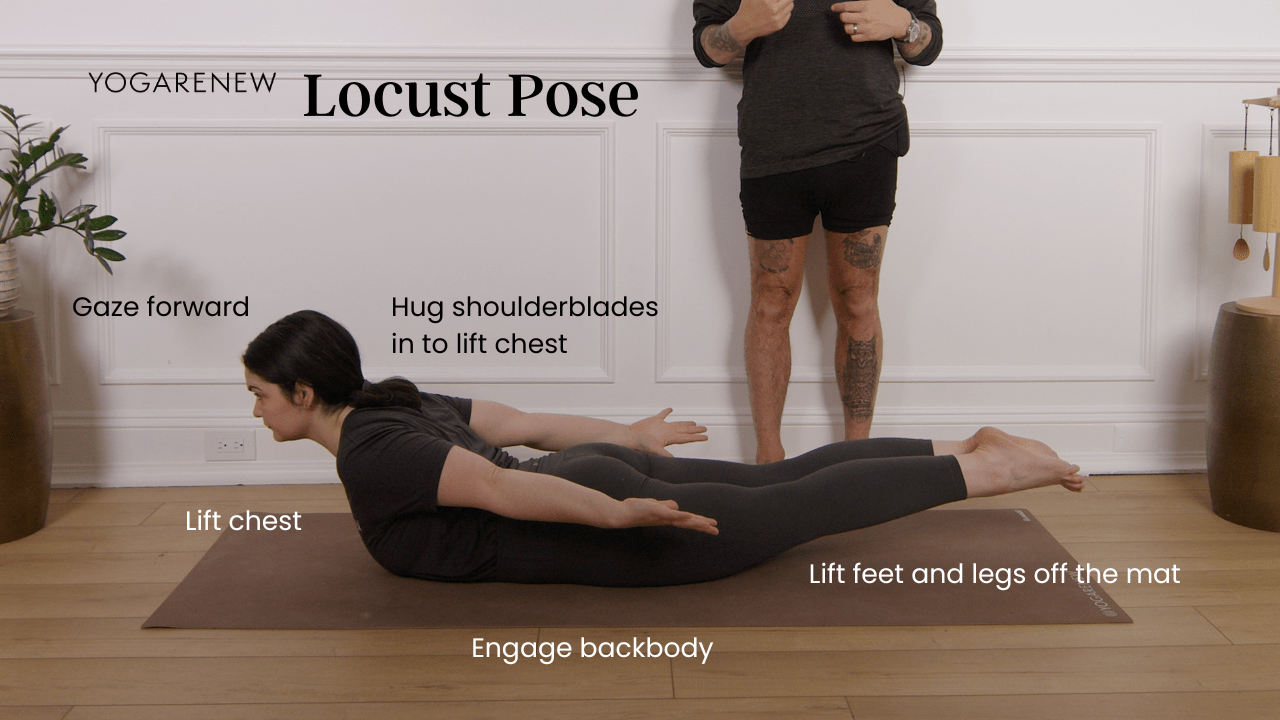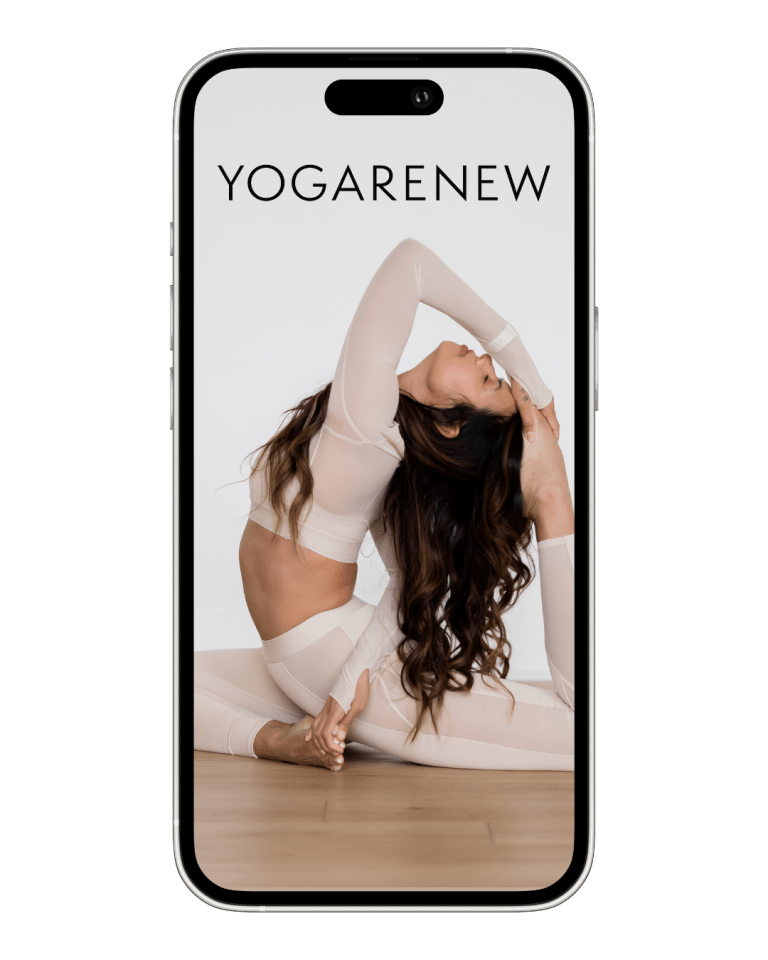What is Locust Pose?
English Name: Locust Pose
Sanskrit Name: Salabhasana (pronounced shah-LAH-bhah-suh-nuh)
Category: Backbend, Strength, Mood Booster, Foundational

English Name: Locust Pose
Sanskrit Name: Salabhasana (pronounced shah-LAH-bhah-suh-nuh)
Category: Backbend, Strength, Mood Booster, Foundational
Salabhasana, or Locust Pose, is a foundational prone backbend that strengthens the entire posterior chain—from the spine and glutes to the hamstrings and shoulders. Though it appears simple, this pose builds essential strength and body awareness that supports posture, balance, and more advanced backbends.
Often used in therapeutic and strength-building sequences, Locust Pose invites grounded effort, breath-led expansion, and subtle refinement. It’s an ideal shape to cultivate resilience and spinal integrity without compression.


Locust Pose may not be flashy, but it’s one of the most effective ways to build sustainable strength and support healthy posture. It teaches us to move from the back body, an often underused and underappreciated area. In Salabhasana, you cultivate focus, energize your system, and gain the strength to rise—with grace and control—both on and off the mat.
Yes, with modifications and awareness. It’s often taught early in practice to build back strength.
Regularly—2–3 rounds in each practice builds endurance and awareness over time.
That’s okay—focus on length and engagement rather than height. Over time, strength will grow.

Explore classes & pose tutorials for any style, format, duration or experience level with a free account in the YogaRenew app. Or subscribe and gain access to workshops, live classes and more.